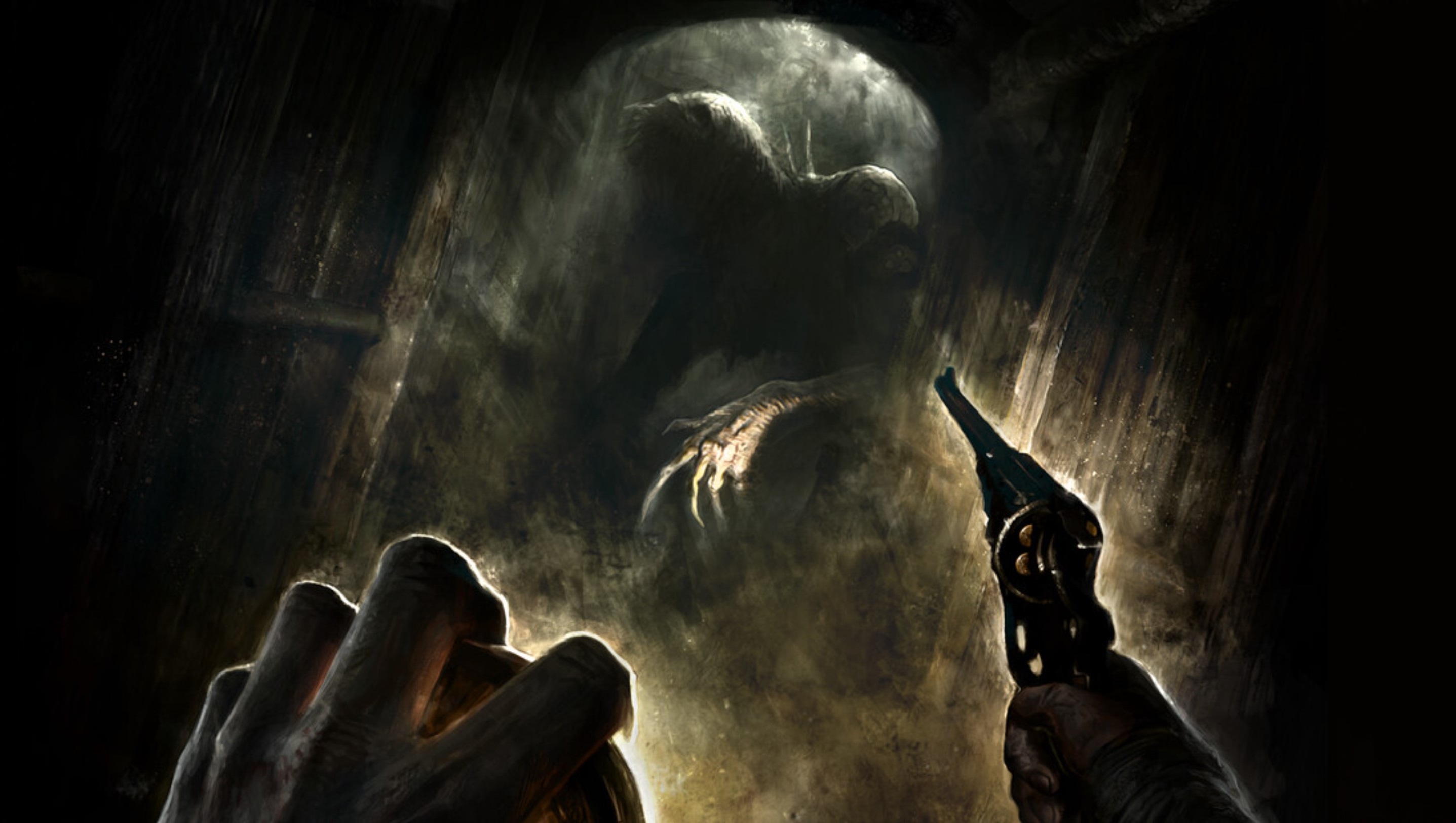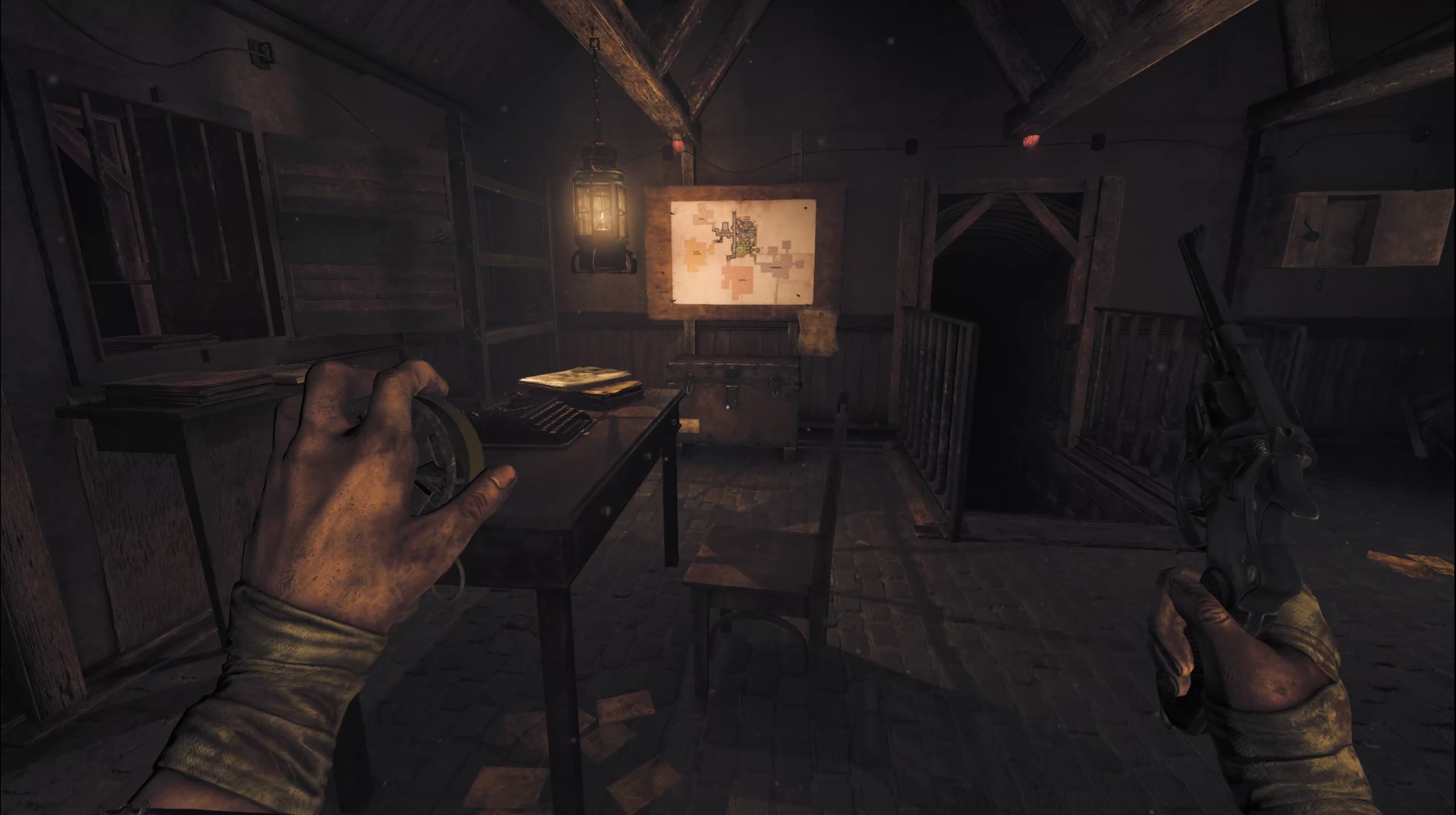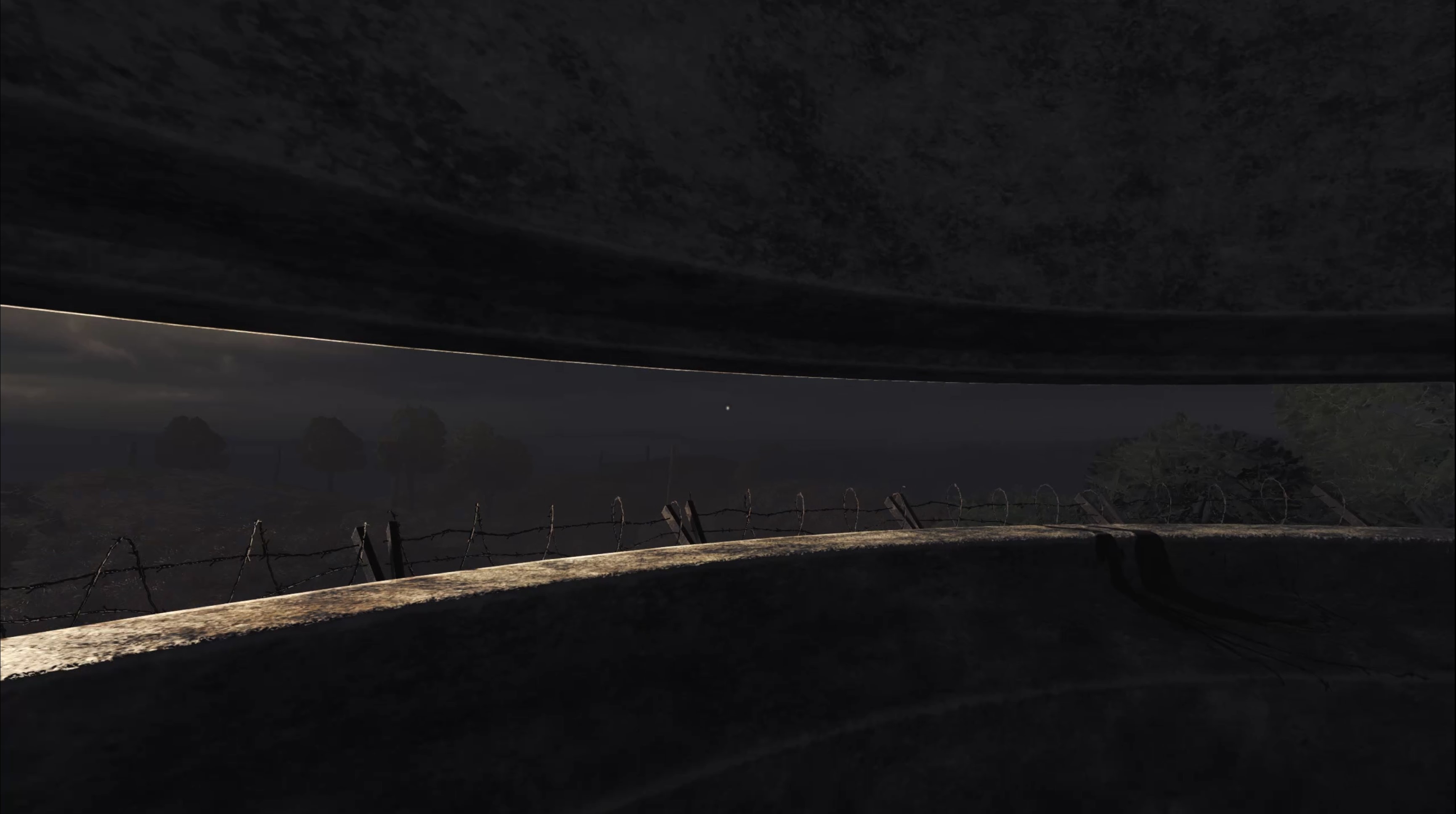
What is it? A first-person horror game where you have to use every tool at your disposal to escape a horrible beast
Release date June 6, 2023
Expect to pay TBA, likely $30
Developer Frictional Games
Publisher Frictional Games
Reviewed on RTX 3070, Core i5 12600K, 32GB RAM
Multiplayer No
Steam Deck Unverified, untested
Link Steam, GOG
I distinctly remember every encounter with Amnesia: The Bunker's central antagonist, an apelike, bestial thing that lives in the walls of the World War I hellhole protagonist Henri Clément finds himself trapped in. Whether I was peeking out at it through the slats of a confessional in the company of a mutilated chaplain or using the last of my precious revolver bullets to drive it back into the walls knowing it would just come back angrier, every escape from this creature felt harrowing and earned.
Amnesia: The Bunker is like a new beginning for this series, preserving a distinctive sense of powerlessness and foreboding while slotting that fragility into a full-on immersive sim. You don't just run and hide in The Bunker: you plan expeditions out of your Resident Evil-style safe room, exploring a labyrinthine, nonlinear world that stands shoulder-to-shoulder with the best horror games I've played.
I found it hard to make myself stay seated for the first few sessions
I kept thinking of the version of the mansion in Resident Evil's GameCube remake, a place where you crisscross back and forth looking for keys while conserving precious resources, the threat of hard-to-kill "Crimson Head" zombies never out of mind. Like Spencer Mansion, I became almost painfully familiar with the bunker's layout, ticking a rare level design box for me: "I remember this place like a house I used to live in, only it's full of unspeakable horrors."
My one critique of the bunker is that its individual spokes are entirely isolated from each other, and only joined at a central junction with the safe house administration office. The wings themselves are great, twisty levels individually, but after finishing the game, it struck me that a more Metroid (or mansion)-style world that folds in on itself and includes shortcuts between zones could have further elevated this already-excellent setting.
Creeping doom
The Bunker is genuinely one of the scariest and most stressful videogames I've ever played—it was so intimidating and oppressive, I found it hard to make myself stay seated for the first few sessions—when the lights cut out and the roaring started I had to keep myself from fleeing to my happy place and tinkering with Zonai devices on my Switch. But The Bunker just lodged in my skull like nothing else, and even days after finishing, I can't stop thinking about the experience.
Frictional's sound design is superb at building a sense of dread and signaling the monster's alert level. There's this ambient, cavernous hum to The Bunker, punctuated by the squeals of rats, occasional cries from the Beast, and the earthshaking thumps of German artillery. Every new sound set me on edge, and one of the worst jump scares came not from the Beast, but when I stumbled into a booby trap laid by my deceased comrades and set off a grenade right next to my head.






The sounds you cause while exploring build up to a chance of the monster appearing, with actions like running, cranking your flashlight, or scaring off rats gradually attracting it, while an aggressive, loud move like blowing open a door or shooting its lock off practically guarantees its imminent arrival. There's always a less conspicuous alternative, like smashing a door with a cinderblock (making them, oddly, one of the game's most valuable resources), or finding a concealed vent in an adjoining room, but those take patience and a keen eye to take advantage of while you're playing under a constant time crunch.
Finally piecing together exactly what happened and protagonist Henri Clément's role in it is devastating.
Running the bunker's generator (located in the safe room) and keeping the lights on generally lowers the risk of Beast, leaving it less likely to home in on you and less aggressive when it does. The Bunker is at its most utterly dreadful when all the lights are off and the Beast is on the hunt.
Certain puzzles on the critical path require the power being on, and your fuel economy is constrained not only by The Bunker's randomized item placement, but also limited inventory and storage space. Atmospheric dread is maximized by this frantic, spinning-plates exercise of managing fuel, healing consumables, grenades, and key items, all of which take up exactly one inventory slot apiece and do not stack.
Every option in The Bunker feels like a carefully calculated conundrum. Blowing open a door will get you where you need to go quickly, but you better have a hiding spot mapped out for when the Beast inevitably arrives. The endemic mutated rats who feast on corpses that have valuable locker combinations can be driven off with fire (flares or a homemade torch) and toxic gas and frag grenades, but each action expends resources and risks attracting the Beast. Your WWI revolver—complete with a deliciously agonizing multipart reload where you hold one button to keep the cylinder open and press another to slot in individual bullets—can be a get-out-of-jail card when you're cornered, but the Beast will be back in your neighborhood eventually, out for your blood and able to take even more hits before it retreats. Besides, what if you need that bullet later when faced with a padlocked door?
I led the Beast into traps, used gas grenades against it (once I found the gas mask), hid in closets and under tables until it moved on, but most of the time I just wanted to hightail it back to the safe room at the center of the bunker the second I heard it nearby. You have all this immersive sim freedom in how you explore and react to the Beast, but it's in service of a cat-and-mouse game with an apex predator rather than the sneaky power fantasies of Thief or Dishonored. Alien: Isolation is the only game I can think of that offered similar simulationist depth and strategic choice in concert with this very specific feeling of being pursued.
But instead of Isolation's lengthy campaign, The Bunker is this perfectly compressed diamond of just you, The Beast, and the awful, horrible place you're trapped in together.
Rebirth




In contrast to the mythos-expanding psychedelia of Amnesia: Rebirth, The Bunker's story is a deliberate contraction—it feels like an Amnesia side story, an episode within the greater setting, and one that only hints at the series' unnerving lore and Lovecraftian other dimensions. While I love Frictional's stabs at Philip K. Dickian mind benders, The Bunker's more straightforward yarn is elegant, and finally piecing together exactly what happened and protagonist Henri Clément's role in it is devastating.
On that note, I have to praise The Bunker's use of, well, notes. The dutifully written diaries and dictaphone recordings of horror games and immersive sims are one of the most overused shticks in games, but The Bunker's implementation feels fresh. I think it just comes down to the storytelling being done so well: the compelling mystery of waking up in the empty bunker, the expansive, weirdly endearing cast of now-deceased French soldiers, and the tight timeline of events, which unfold over a few key clusters of days between May and July, 1916. You can sort notes via date or author, and I felt like a little gumshoe cycling back and forth between the two to figure out who did what to whom and when, with red herrings and investigative dead ends keeping me guessing.
For all the stress and dread of The Bunker, I already want to replay it—the systems-driven survival paired with randomized item and trap placement keep every venture out from the safe room unpredictable and unnerving no matter how familiar you already are with the game. The Bunker's difficulty, danger, and stifling atmosphere heighten the pressure and "eureka" potential of immersive sim experimentation. Mastering my tools and uncovering hidden paths would have me feeling like a bolt-action French MacGyver, while one minute later the lights would go out and all of a sudden I was a scared little boy pointing a gun with a single bullet in it at the disquietingly loud void of the powerless facility.







